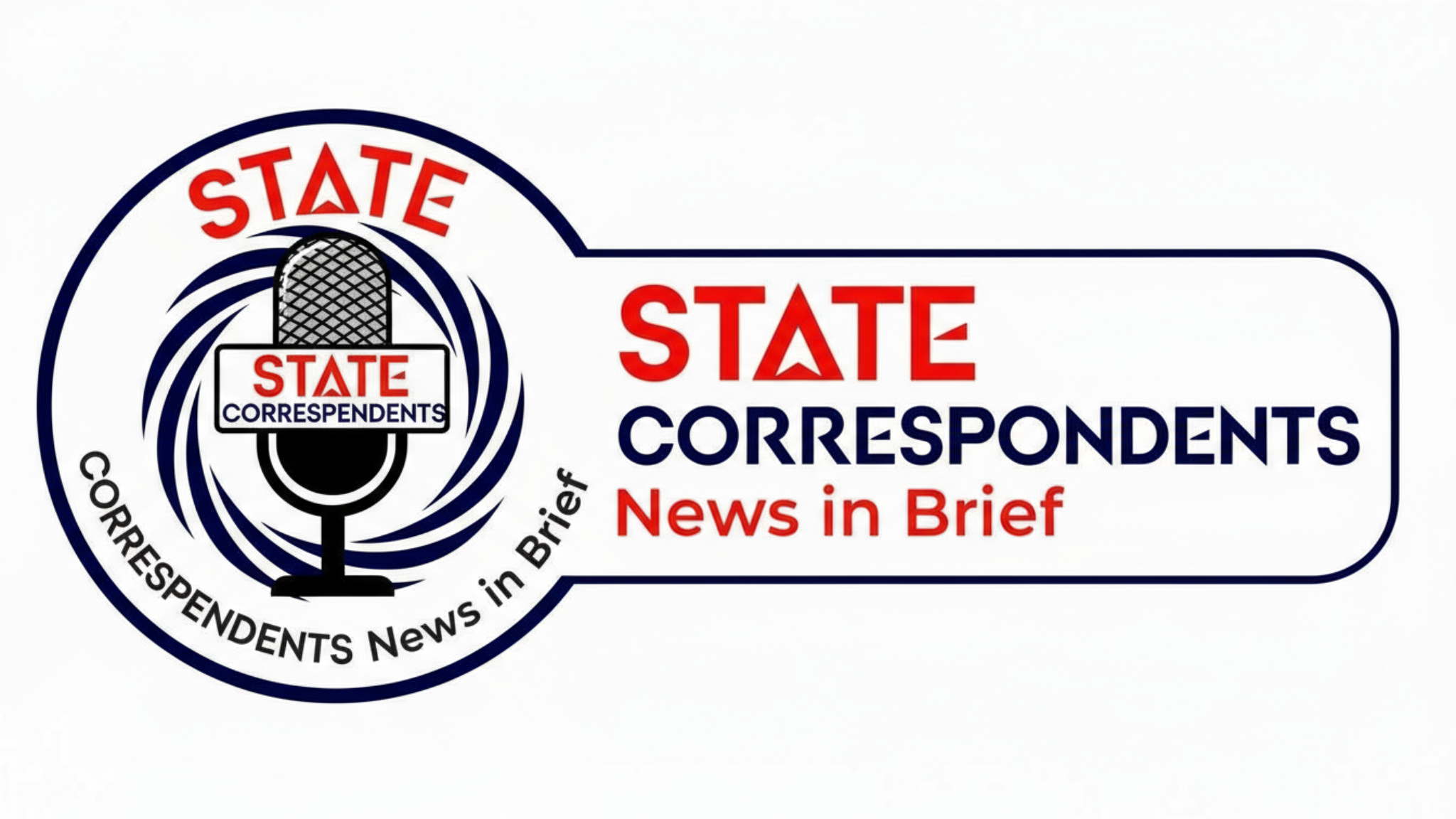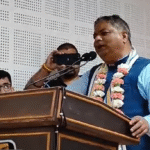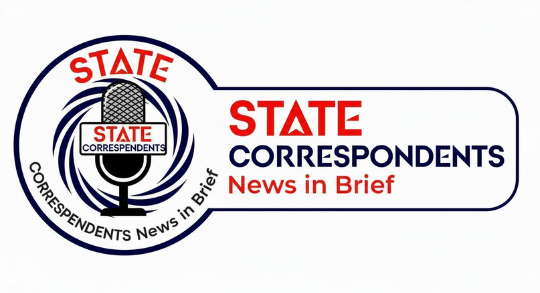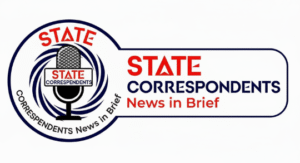
On October 24, 2025, Jammu & Kashmir witnessed a landmark moment in its political history as the first Rajya Sabha elections were held since the abrogation of Article 370 in 2019 and the Union Territory’s formation. The election for four Rajya Sabha seats in the newly constituted Jammu and Kashmir Legislative Assembly began at 9 a.m. with a significant turnout of elected representatives, marking a critical step toward the restoration of democratic institutions in the region.
The electoral contest has quickly emerged as a politically charged battle primarily between the ruling National Conference (NC), backed by the Indian National Congress and the People’s Democratic Party (PDP), and the opposition Bharatiya Janata Party (BJP). The NC-led coalition enjoys a comfortable majority in the 88-member assembly, heavily influencing the probable outcomes. Chief Minister Omar Abdullah, an influential figure in Jammu and Kashmir politics, was seen casting his vote early in the day, setting the tone for the election.
With 42 members from the NC, 6 from Congress, 3 PDP members, and 5 independents forming a majority bloc, expectations are high that NC candidates will secure at least three of the four seats at stake. The BJP, which faces considerable resistance in the region, has fielded three candidates hoping to make inroads into the Rajya Sabha representation from Jammu & Kashmir.
This historic election symbolizes a renewed phase of political engagement and legislative activity in Jammu and Kashmir after longstanding interruptions. The elected Rajya Sabha members are anticipated to play a crucial role in voicing the Union Territory’s interests at the national level and contributing to its socio-political development.







